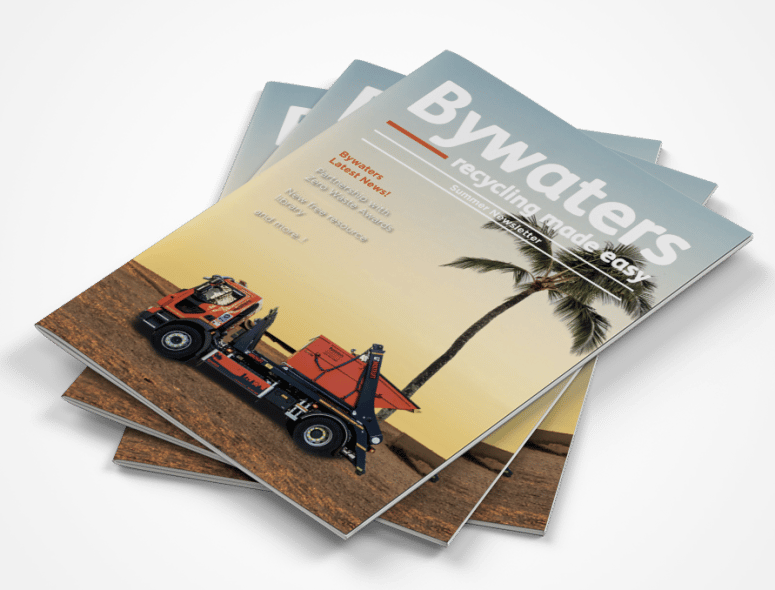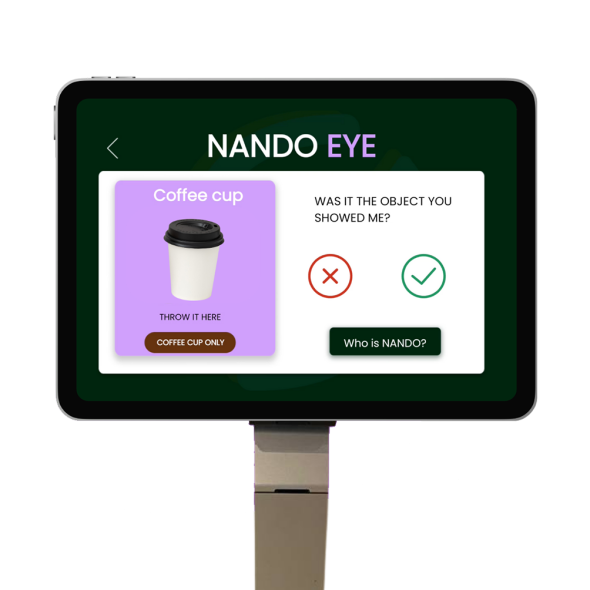Contact us today for your Free Quote
It’s no secret that the restaurant business contributes significantly to global warming. A recent report published by the Sustainable Restaurant Association (SRA) stated that UK establishments need to double their efforts to tackle environmental damage. The UK is rated 24th in the world in terms of food waste. Every year, millions of tonnes of food is thrown away, while thousands rely on food banks to survive.
Small, steady changes have indeed been made. However, high quantities of meat, food waste and imported ingredients are still very much on the menu — pardon the pun — within the hospitality sector. Moreover, the SRA warns that: “If we don’t fix food, we can’t fix climate change. It’s time to seize the opportunity to embrace meaningful change towards a more restorative model, capturing customers’ desire for more sustainable menus.”
So, what’s the beef with dining out and climate change? At Bywaters, we put sustainability first, assisting organisations, especially those in the hospitality sector, to minimise their carbon footprint. If you need some pointers, here are some ways your restaurant menu might boost its sustainable credentials.
1. Fight against food waste
It is inevitable for a restaurant to produce some food waste — after all, you cannot predict what your customers will choose to eat (or not eat). Fortunately, there are several ways to combat the severe issue of food waste in the hospitality industry.
Restaurants in the UK squander the equivalent of 320 million meals every year. This is not only costly for the restaurant industry (an enormous £682 million annually) but also for the environment. When food waste decomposes in landfills, it emits methane, a greenhouse gas that harms the Earth’s vulnerable atmospheric layers.
As with most eco-issues, prevention is the best cure. Take time to perform a food waste audit. If this shows that your customers leave a lot of food behind, then you might want to reconsider your portion sizes. If you throw away a lot of out-of-date ingredients, liaise with your culinary team and consider adjusting the quantities of what you order from your suppliers.
Levitate your leftovers
Thankfully, food can be recycled, but you have lots of other good options. Take the opportunity (if you don’t already) to incorporate excess ingredients into restaurant specials, then promote accordingly. Moreover, OLIO is an app that lets you redistribute excess meals for collection so it gets eaten instead of wasted. To tackle the issue of customer leftovers, urge your customers to take their leftovers home — extra brownie points if you create your “doggy bags” from plastic-free, plant-based packaging.
Composting is also a great option, especially for vegetable scraps. This natural process allows you to decompose organic waste and transform it into nutrient-rich soil for vegetation. Depending on the size of your restaurant, you may opt to compost on site or have it sent elsewhere. If in doubt, our Green Gurus provide expertise in all aspects of food waste management.
2. Promote a plant-based menu
The hospitality industry has embraced plant-based dining in recent years. It is now common for venues to use promotions such as Meatless Monday, and Veganuary is canonical as a month-long pledge to eat only plant-based. Unfortunately, sporadic moments of veganism are not enough to reverse the damage to our planet. To be truly sustainable, we need to considerably reduce our intake of meat and animal byproducts at all times.
Climate activist Greta Thunberg implores that “if we change towards a plant-based diet, we can save up to 8 billion tonnes of CO2 every single year. We can feed ourselves on much less land, and Nature could recover.” Livestock farming generates high quantities of methane — the greenhouse gas that accounts for roughly 30% of global warming. Methane is produced from other man-made sources (such as landfill sites, energy sources and rice agriculture) but livestock rearing is estimated to be responsible for up to 14% of the UK’s total emissions. Statistics show that beef is the most harmful meat in environmental terms — a single cow produces around 99.7 kg of methane per year.
Spread the word
The best method to reduce your carbon footprint is to transition to an entirely vegan menu. Understandably, this is not possible for many establishments, but you can go greener by cutting down on the amount of animal-based products on your menu. By simultaneously increasing the quantities of plant-based options — not forgetting vegan wines and dairy-free hot drinks — your restaurant will be immediately more sustainable. Once in place, be sure to amplify your changes with appropriate signage and marketing.
The voice of your vegan menu and your waiting team should be knowledgeable enough to upsell your sustainable options and politely explain your changes, such as why fish is now off the menu. Enthusiasm is infectious — sing the praises of your new and improved menu and your customers will soon adapt.
3. Use the veg less travelled
Consider this case study: a popular vegan restaurant has made significant reductions in food waste and eliminated its single-use plastics — but it still uses a plethora of foreign ingredients. Is this sustainable? The answer is a huge no! A typical pasta dish, for example, could be 100% plant-based but unsustainable if its ingredients are imported. It is typical to find tagliatelle from Italy, tomatoes from France, basil from India and onion from China. At the push of a computer key, suppliers may now source food from wherever it is cheapest around the world.
The average dish at a UK restaurant generates 8kg of CO2 through its “food miles” and carbon emissions. As such, it’s crucial to audit the meals on your menu and list where they are imported from. Your ingredients should not be “well-travelled” — if you list many countries that could easily be mistaken for the bucket list of a seasoned backpacker, you should reevaluate your menu.
Seasonal is sustainable
Here in the UK, we are fortunate to have access to a wide variety of local produce. Consider creating a menu for each of the four seasons — not only will the food be better for the planet, but fresher and tastier too. As we approach summer, there is a bountiful harvest of fresh fruits and vegetables available to choose from. Aubergine, spring greens and rhubarb, plus many more, are all readily available. In colder weather, apples, artichoke and beetroot are in season — plus varieties of the popular and comforting winter vegetables: pumpkin, swede and butternut squash.
Do your homework, though — the transformation of your business won’t happen overnight, but you can take small, significant steps that will set you on the right path.Here at Bywaters, we have the expertise and equipment to sustainably sort and manage all your recyclable materials. Get in touch with us today and we’ll be glad to help and offer you a quote.


